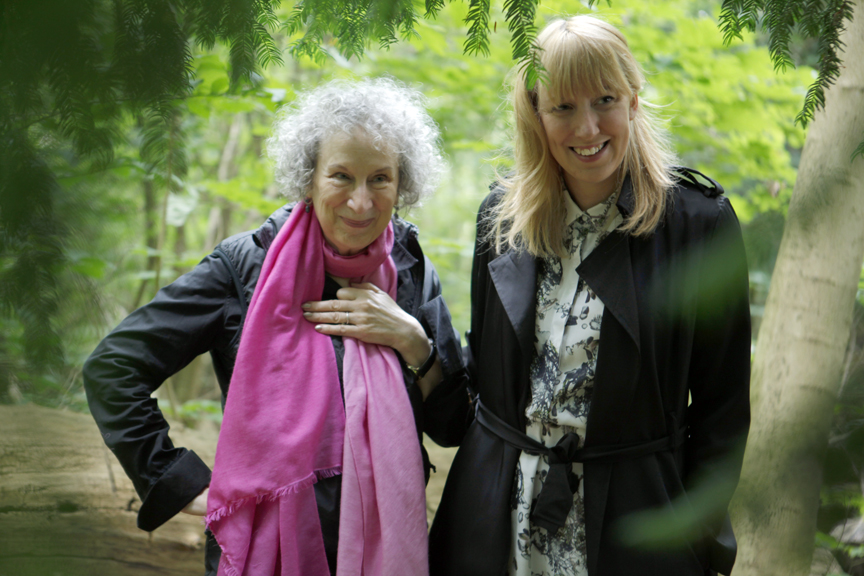Margaret Atwood Contributes Manuscript to the Enigmatic ‘Future Library’
Renowned author Margaret Atwood has made literary history by becoming the inaugural contributor to a groundbreaking initiative aptly named the Future Library. This visionary project, conceived by Scottish artist Katie Paterson, aims to compile a diverse anthology of 100 fictional works, each penned by a different author, to be unveiled to the public in the year 2114.
A Vision for the Future
The Future Library is designed to stir collective imagination about the future of literature and humanity. It is located in Oslo, Norway, where one thousand trees have been planted specifically for the purpose of generating the paper on which these future texts will eventually be printed. The project underscores a commitment to sustainability and long-term thinking, with Atwood expressing her deep appreciation for being involved in such an audacious endeavor.
In her own words, Atwood remarked, “This project at least believes the human race will still be around in 100 years.” She elaborated on the excitement surrounding the initiative, stating, “Future Library is bound to attract a lot of attention over the decades, as people follow the progress of the trees, note what takes up residence in and around them, and try to guess what the writers have put into their sealed boxes.”
The Nature of Secrecy
Unlike her acclaimed novels such as The Handmaid’s Tale and The Blind Assassin, Atwood’s contribution to the Future Library will remain secret and unread for the duration of her lifetime. The Future Library Trust, comprised of esteemed publishers and editors, will annually invite one author to submit a manuscript that will ultimately join the growing cache of undisclosed works. This unique approach not only preserves the mystery surrounding the collection but also builds anticipation for its eventual reveal.
Location and Implementation
The manuscripts will be securely housed in a specially-designed chamber within the new Deichman Library in Oslo. The city has sanctioned the planting of the thousand trees in the Nordmarka forest, which will be harvested to create the paper that will bear these future works. The anticipation of these writings serves as a bridge to a future that viewers today can only imagine.
Katie Paterson expressed her delight that Atwood, a literary icon, is among the initial contributors. “It is my dream that Margaret Atwood is writing for Future Library,” Paterson shared. She pondered the intriguing prospect of Atwood’s narrative possibly shedding light on how future realities might align with her imagined futures.
Looking Ahead
As the years progress and the trees continue to grow, interest in the Future Library will likely intensify. Authors, critics, and the general public will watch with bated breath, curious about what stories lie hidden within the manuscripts. Atwood’s involvement sets a high bar for what might come next, and her thoughts on humanity’s future will remain an engaging mystery for generations to come.
Summary Table
| Feature | Details |
|---|---|
| Project Name | Future Library |
| Location | Oslo, Norway |
| Contributors | 100 authors over 100 years |
| First Contributor | Margaret Atwood |
| Year of First Publication | 2114 |
The Future Library is not just about preserving texts; it’s also a testament to hope, sustainability, and the enduring nature of storytelling.


